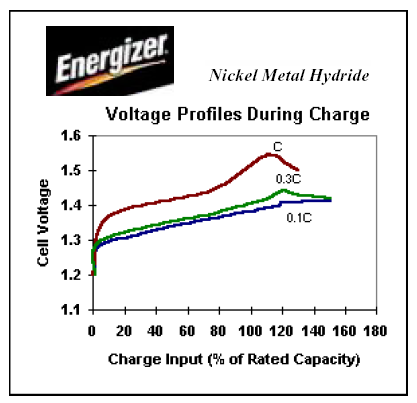The voltage of all other batteries remains almost the same. I'm not able to find a reason for this.
This is generally how battery packs with series cells discharge, absent cell balancing. It doesn't even matter which cell type is used: zinc/alkaline/lithium primaries, rechargeables, you name it, they all do it. The only difference is the extent to which it happens. The end-point for comparison would be having extracted 90% of rated capacity from brand-new cells.
You may have a weak cell, and then the question is: where did you get the cells from, and how did you evaluate them?
If you bought the cells from an unauthorized distributor, you'll be potentially wasting a lot of time dealing with consequences of poor quality, etc. Now, in practice a device may need to cope with such cells if the end user can replace them, and that's when you'd really want to provide cell balancing of the type that can bypass fully open cells, so that at least one weak cell won't cause a shutdown.
You definitely need cells that have a known part number, come from a known manufacturer, have a good data sheet, and come from an authorized source. It's safest to stick to large mainstream distributors like DigiKey, Mouser, Newark/Avnet, Allied Electronics, ELFA/Distrelec. Otherwise, first select a cell from a quality manufacturer, then order it from a distributor authorized by the manufacturer.



